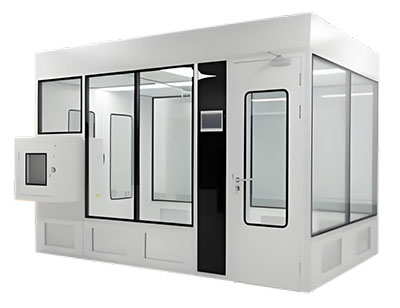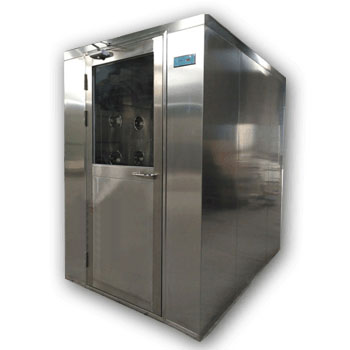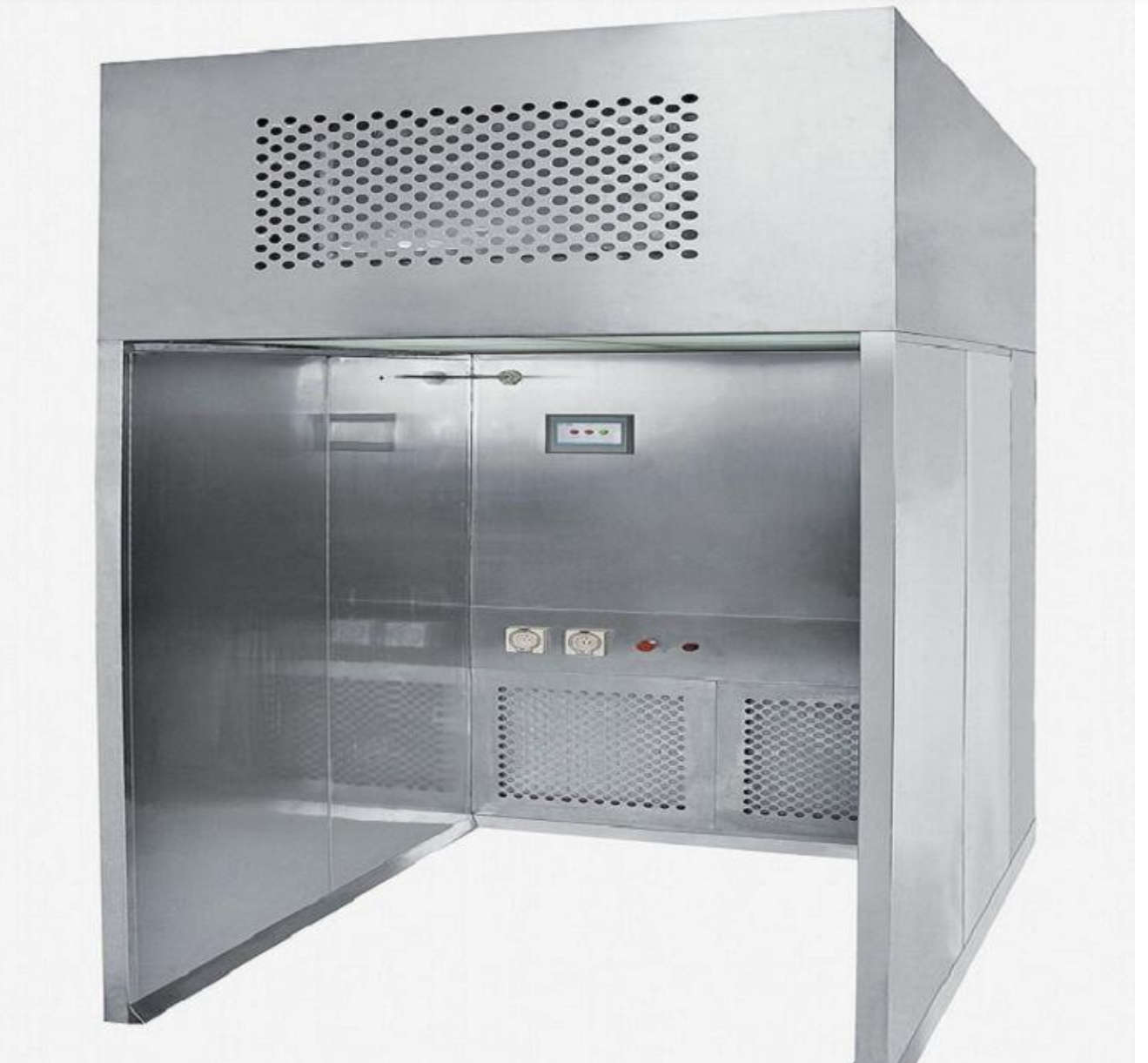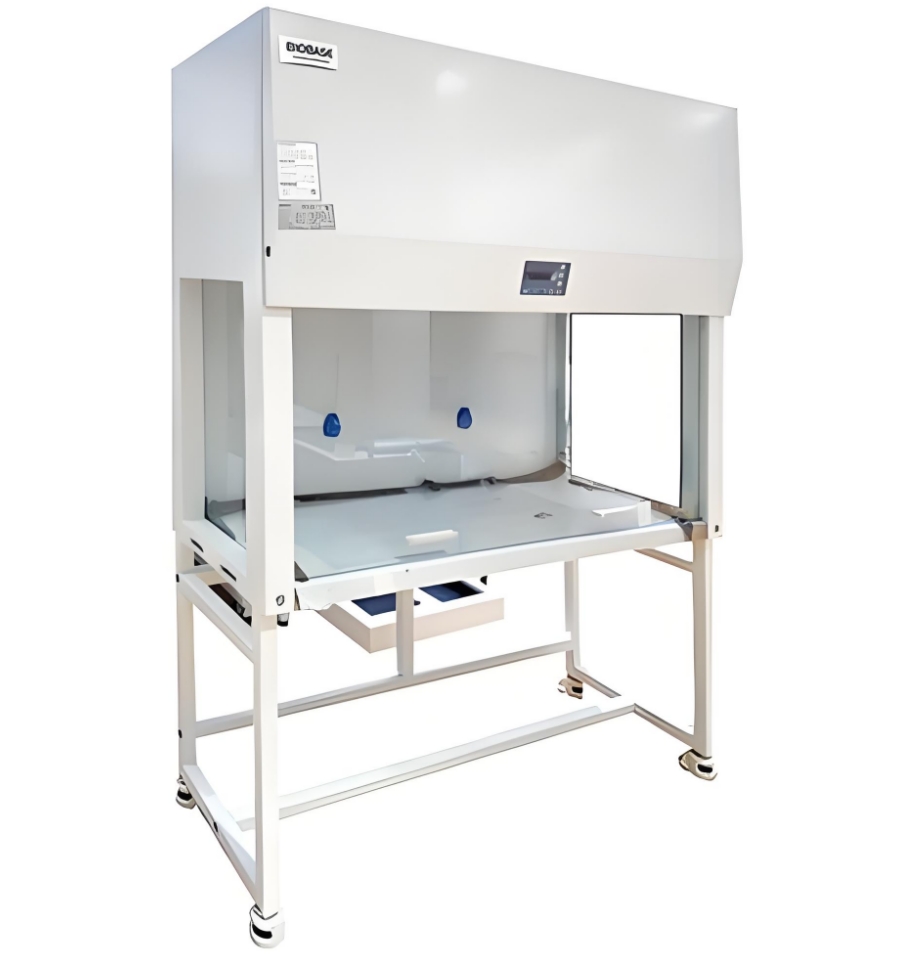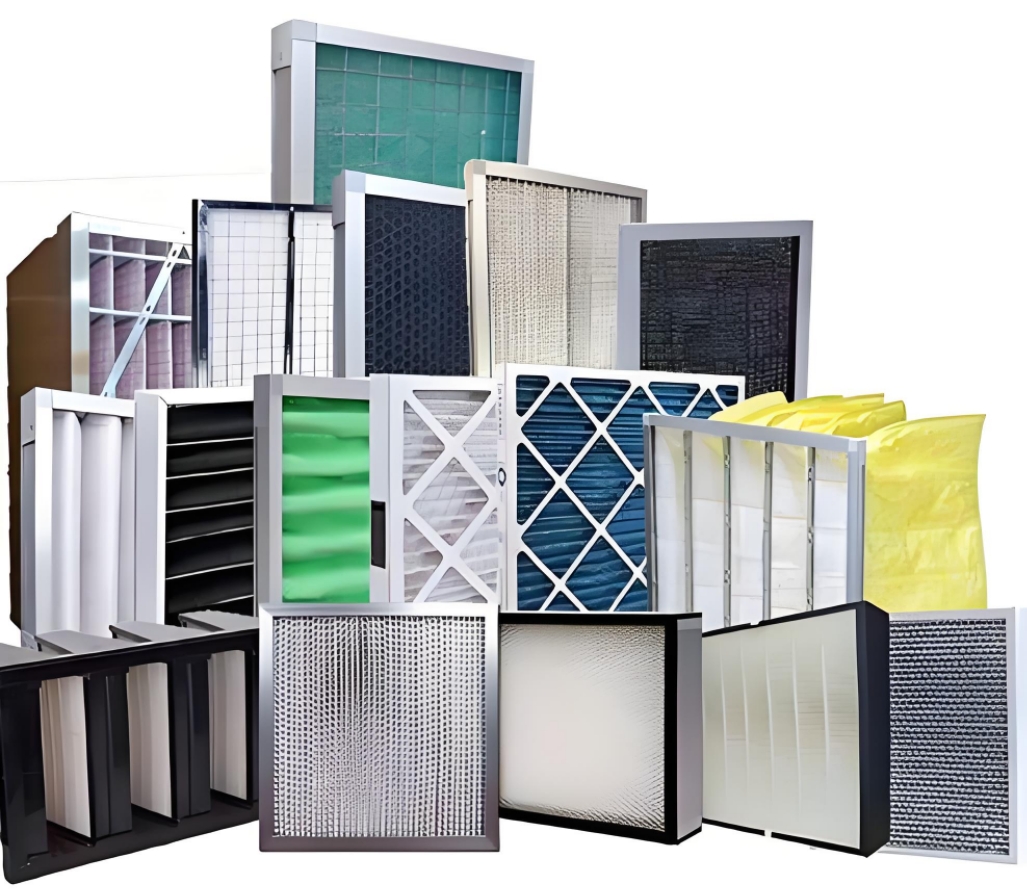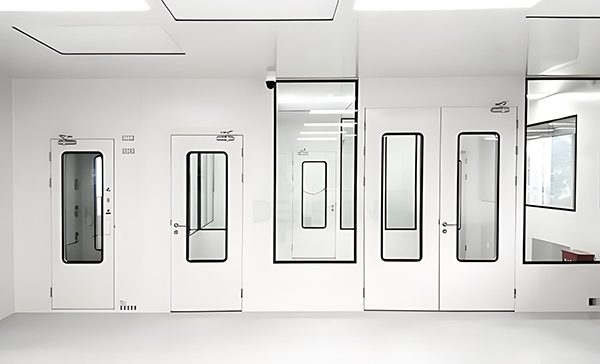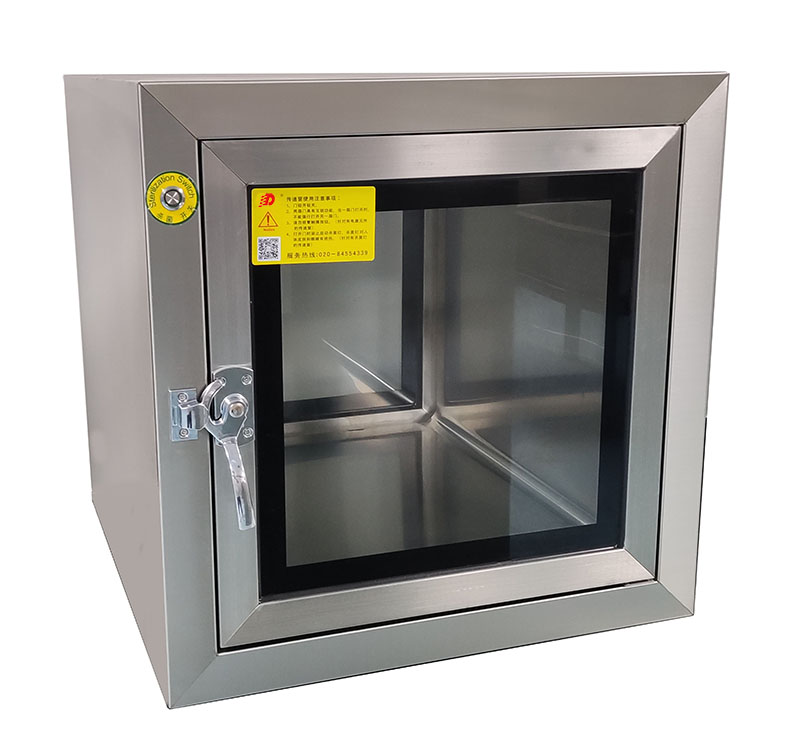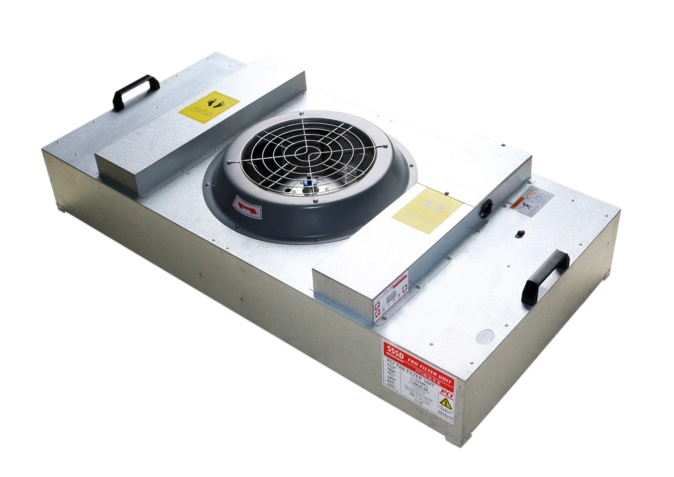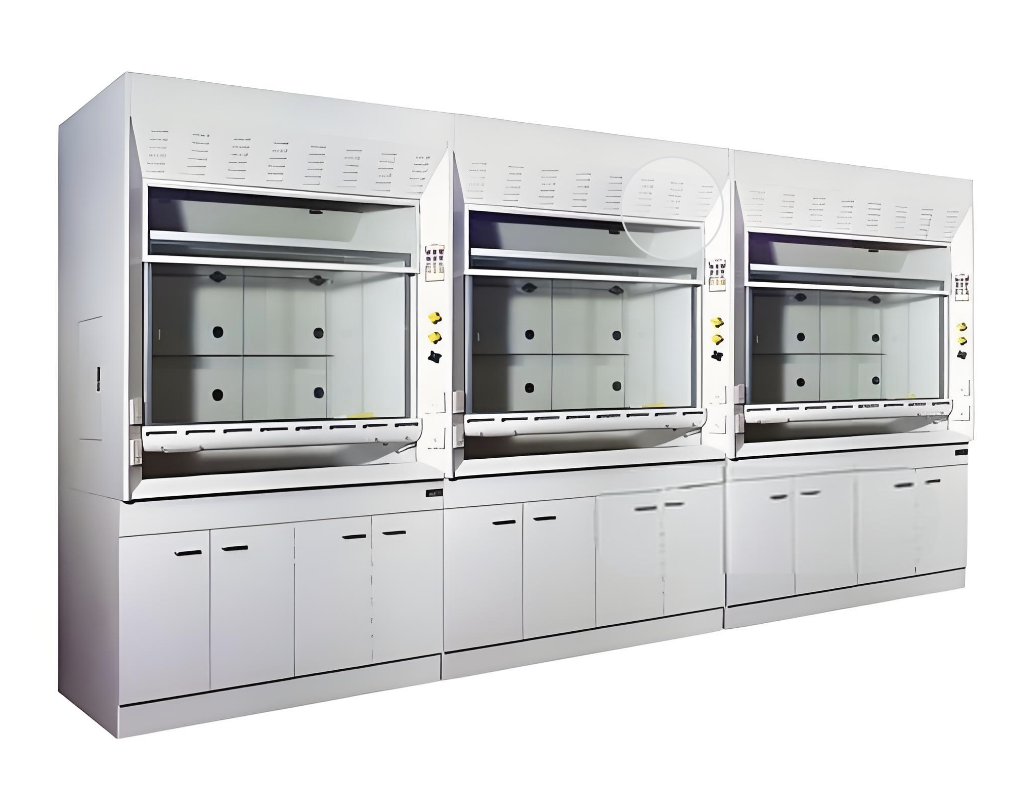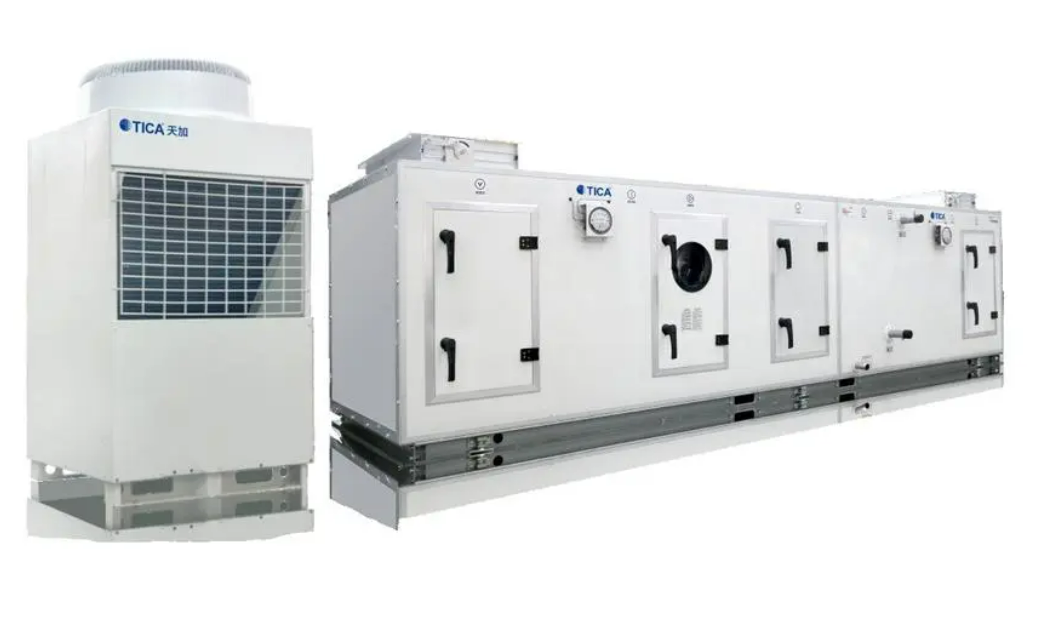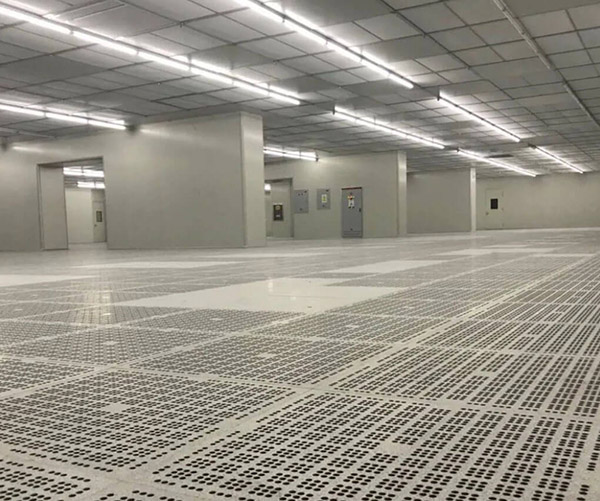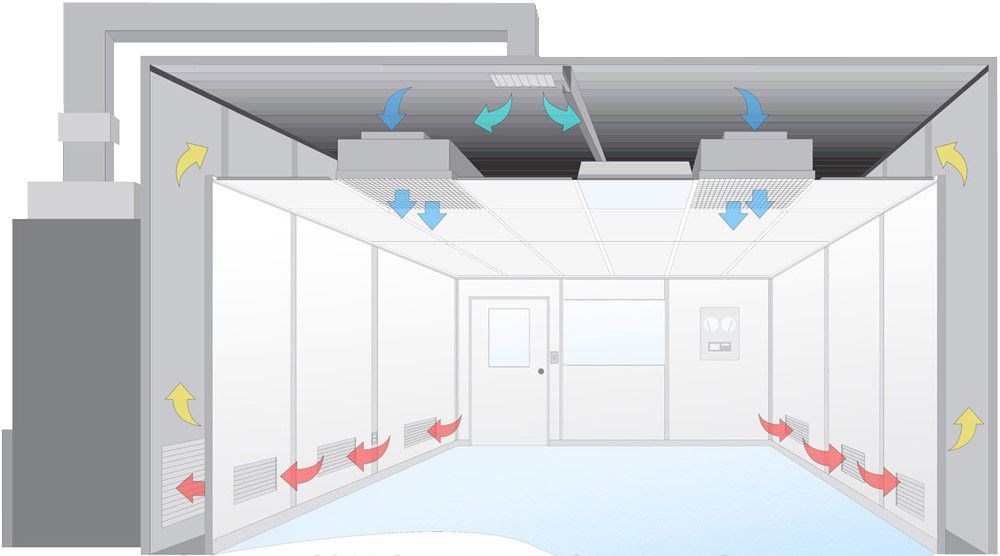Fan Filter Units (FFUs): Comprehensive Guide
Essential components for cleanroom and controlled environment applications
What are Fan Filter Units?
Fan filter units (FFUs) are critical components in cleanroom and controlled environment applications, providing both filtration and airflow. They come in various types, each designed to meet specific requirements based on application, airflow needs, and filtration efficiency.
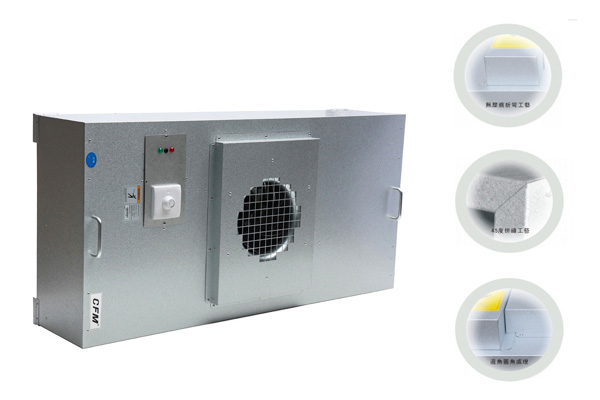
Types of Fan Filter Units
1. hepa FFUs
Designed to filter out 99.97% of particles that are 0.3 microns in size or larger.
Applications: Pharmaceutical, biotechnology, and Semiconductor manufacturing cleanrooms.
2. ULPA FFUs
Capable of filtering out 99.999% of particles that are 0.12 microns and larger.
Applications: Medical and research labs requiring highest cleanliness levels.
3. Pre-Filter FFUs
Include a pre-filter stage that captures larger particles before they reach the main filter.
Benefits: Extends main filter life and improves overall efficiency.
4. Fan Filter Modules (FFMs)
Compact version that integrates a fan with a filter in a modular form.
Applications: Smaller cleanroom applications or localized areas.
5. Recirculating FFUs
Recirculate the air within a space, filtering and redistributing it.
Applications: Environments where continuous air cleaning is necessary.
6. Static FFUs
Non-dynamic units that rely on natural airflow without a fan.
Applications: Specialized applications where low airflow is sufficient.
FFU Airflow Modes
| Mode | Description | Applications |
|---|---|---|
| Downflow | Delivers filtered air vertically downward, creating laminar airflow | Cleanrooms where uniform cleanliness is critical |
| horizontal flow | Distributes Clean air parallel to the floor | Laboratories and manufacturing areas |
| Recirculating | Filters and redistributes air within a space | Environments needing continuous air cleaning |
Filtration Efficiency
hepa filters
Capture 99.97% of particles 0.3 microns and larger
ULPA Filters
Achieve up to 99.999% efficiency for 0.12-micron particles
Note: Regular monitoring and replacement of filters are essential to maintain efficiency levels and prevent contamination.
Pollutants Removed by FFUs
- Dust and Particulates: Captures airborne dust, fibers, and particulate matter
- Microorganisms: Filters out bacteria, viruses, and fungi
- Chemical Fumes: Adsorbs VOCs and other harmful gases
- Allergens: Removes pollen, mold spores, and pet dander
- Smoke and Odors: Filters out smoke particles and unpleasant odors
- Static Charges: Some units can help reduce static electricity
Industry Applications
Pharmaceutical
Ensures sterile environments free from contaminants affecting drug quality
Semiconductor
Maintains ultra-Clean air to prevent particle contamination in microchips
Biotechnology
Provides controlled environments for research and development
Healthcare
Reduces airborne pathogens and allergens in hospitals and clinics
FFU Selection Guide
Selecting the right FFU involves considering:
- Airflow mode requirements
- Filtration efficiency needs
- Specific application requirements
- CleanRoom Classification
- Type of pollutants to be filtered
- Necessary airflow rates
- Compatibility with existing systems
Standards Compliance: Ensure the selected unit adheres to relevant standards like ISO 14644 for cleanrooms.
 +86 18186671616
+86 18186671616 Jason@cleanroomequips.com
Jason@cleanroomequips.com
 MENU
MENU

